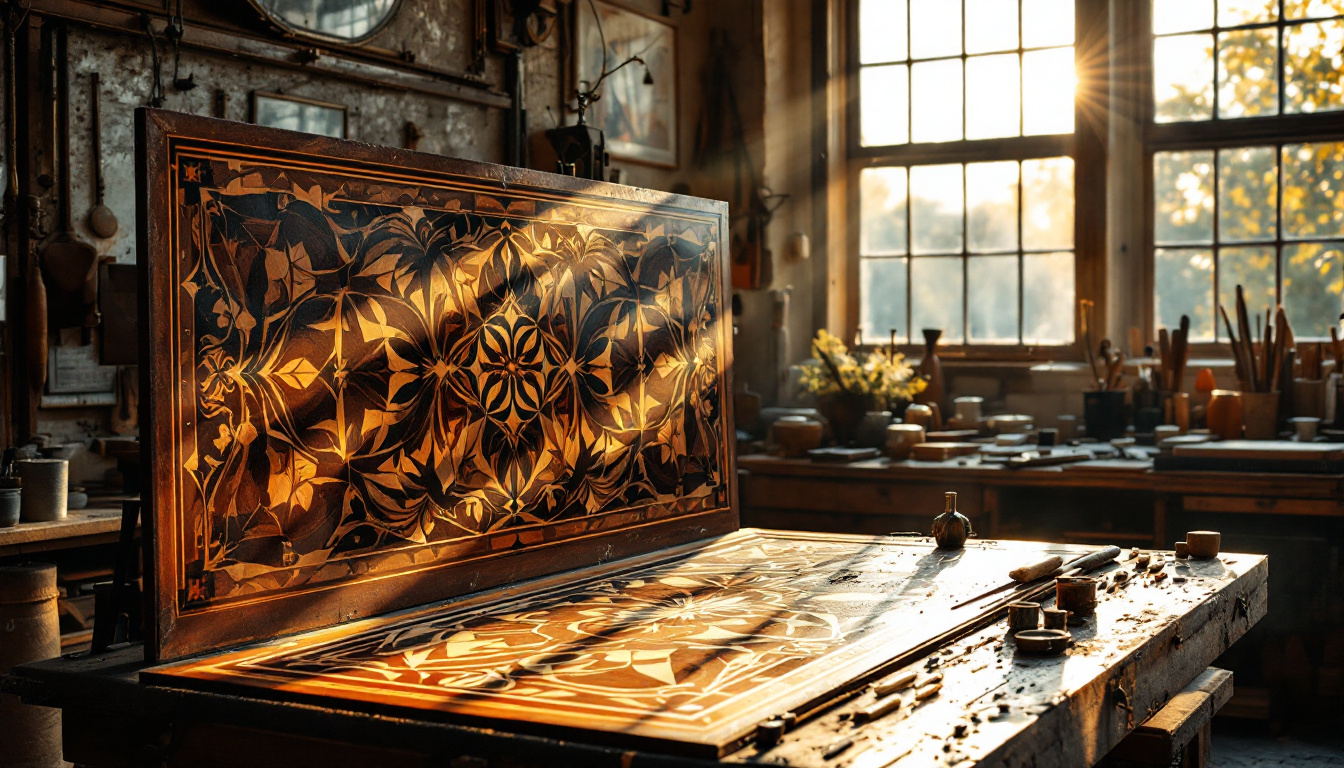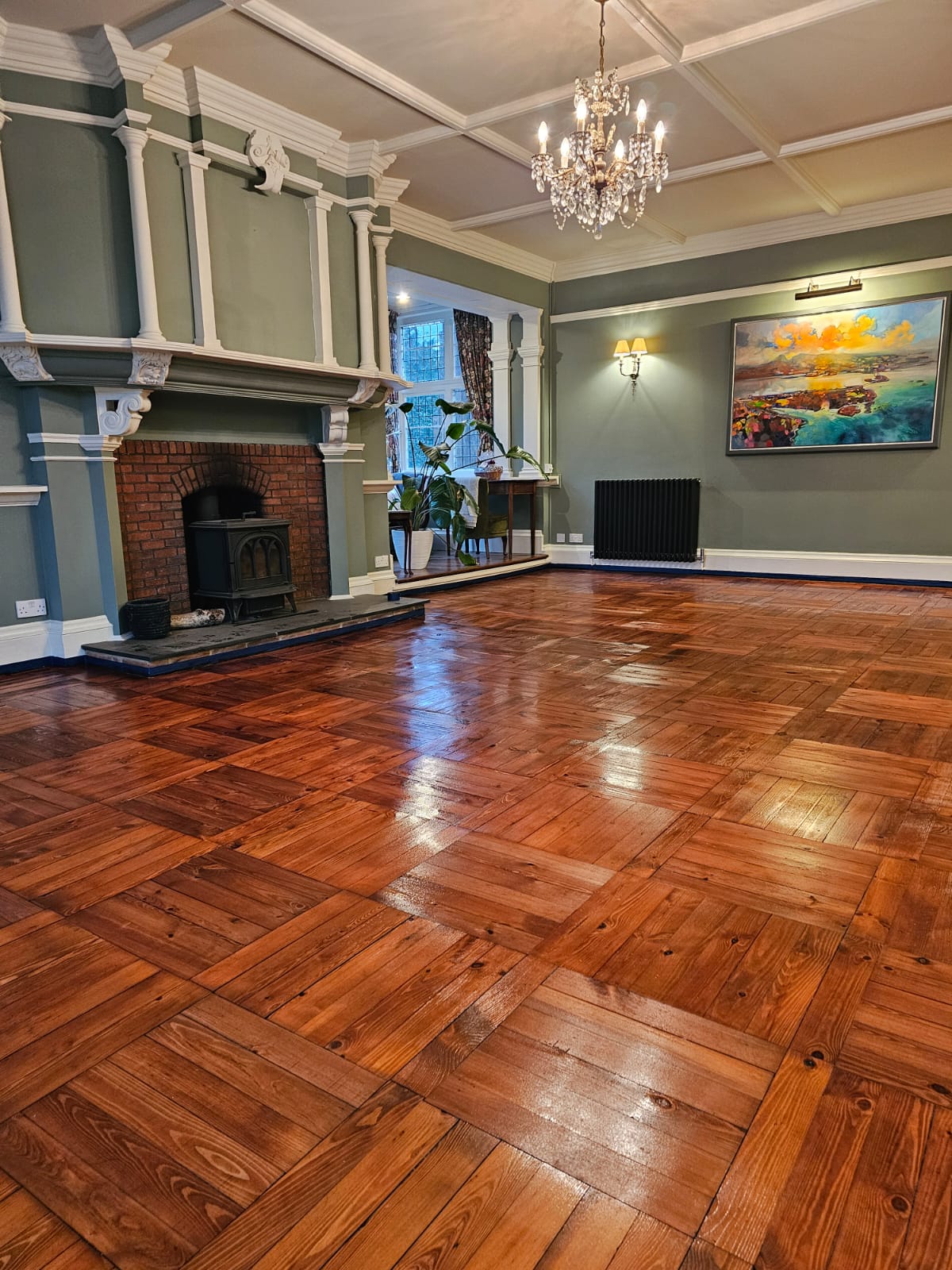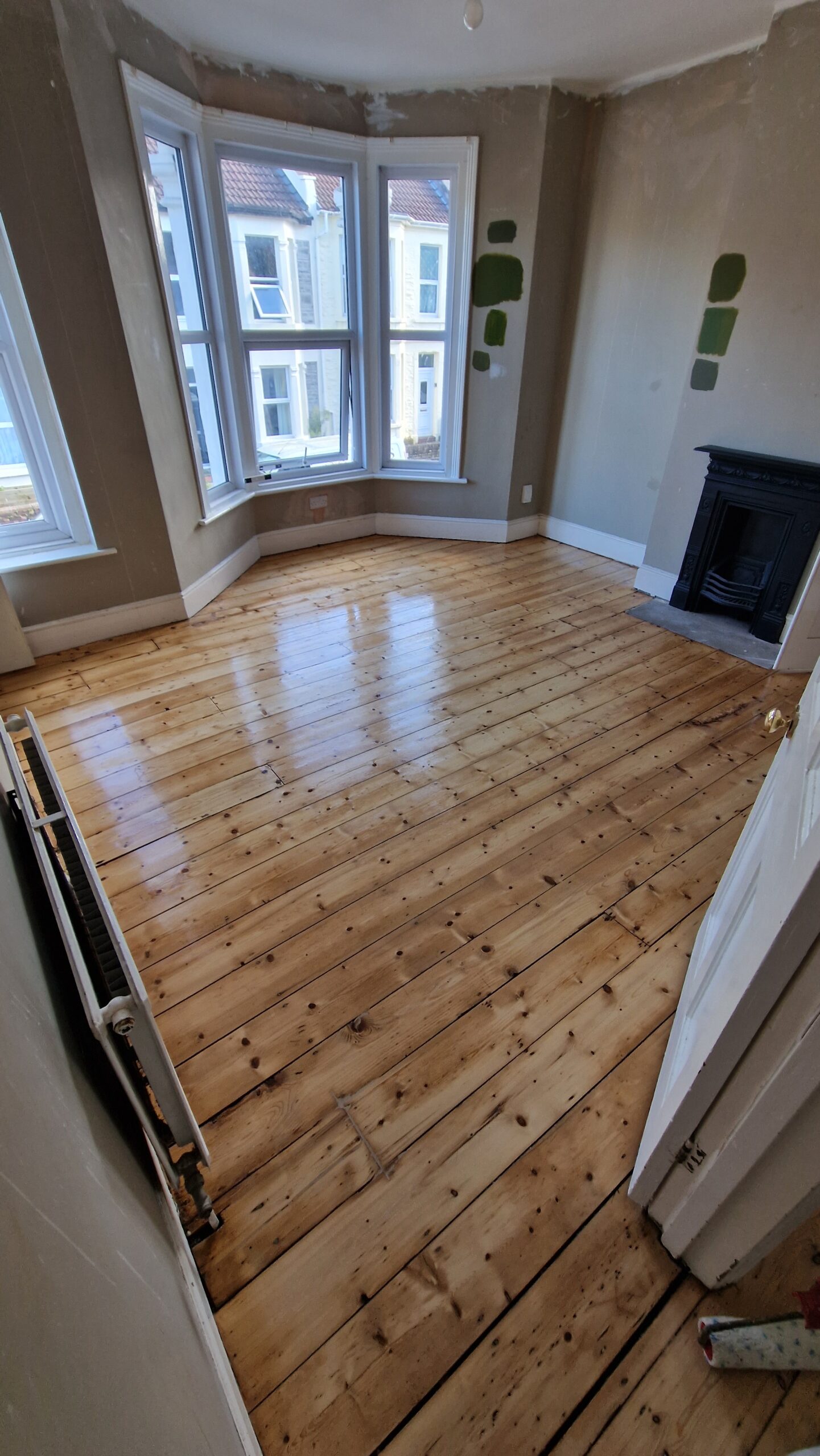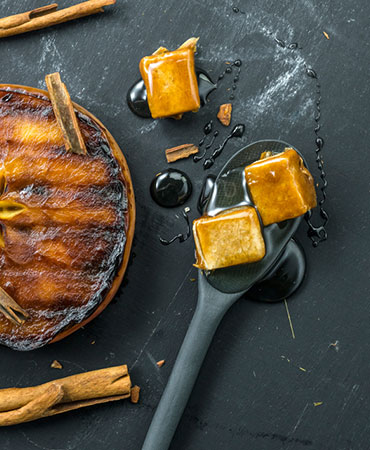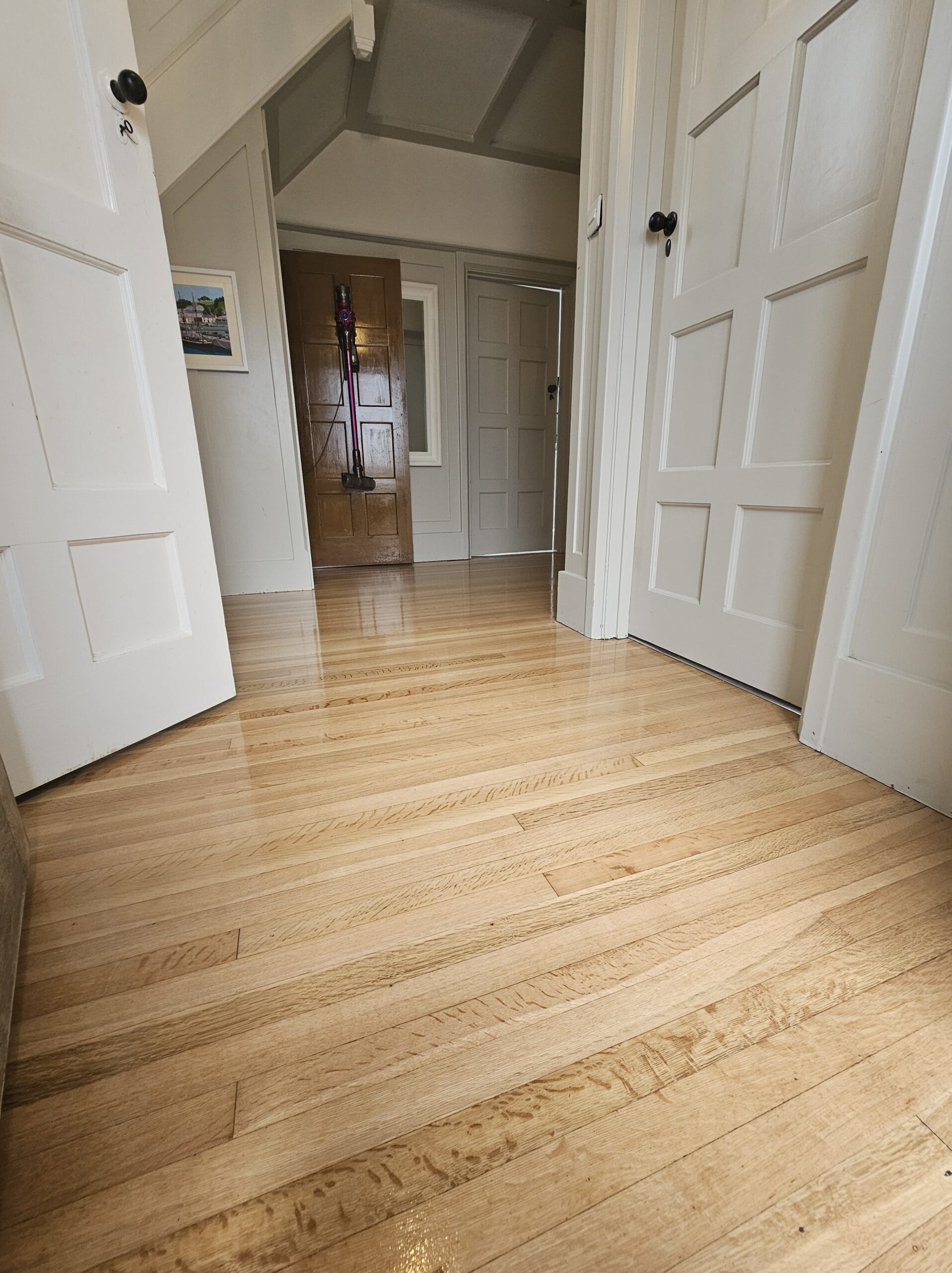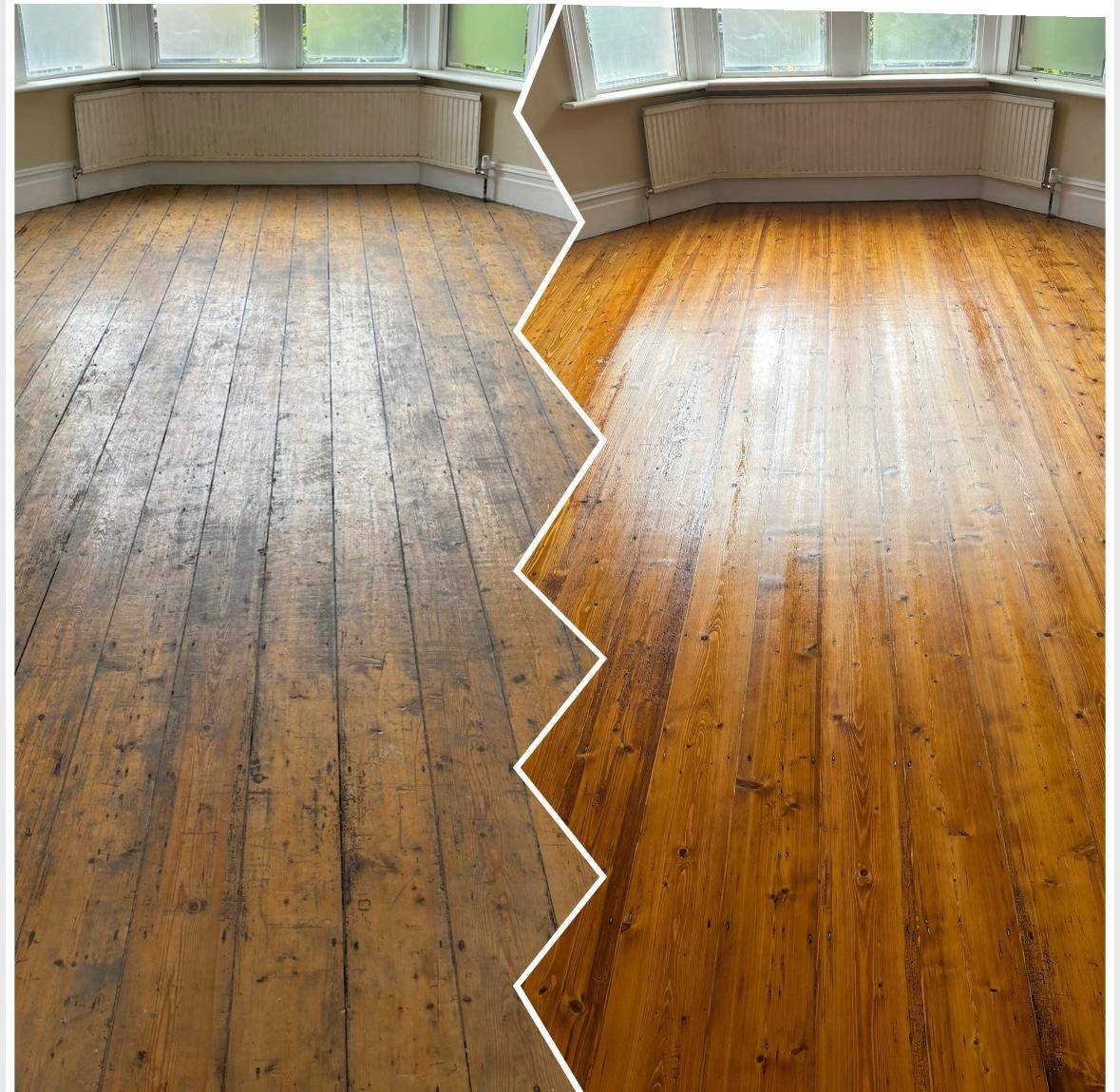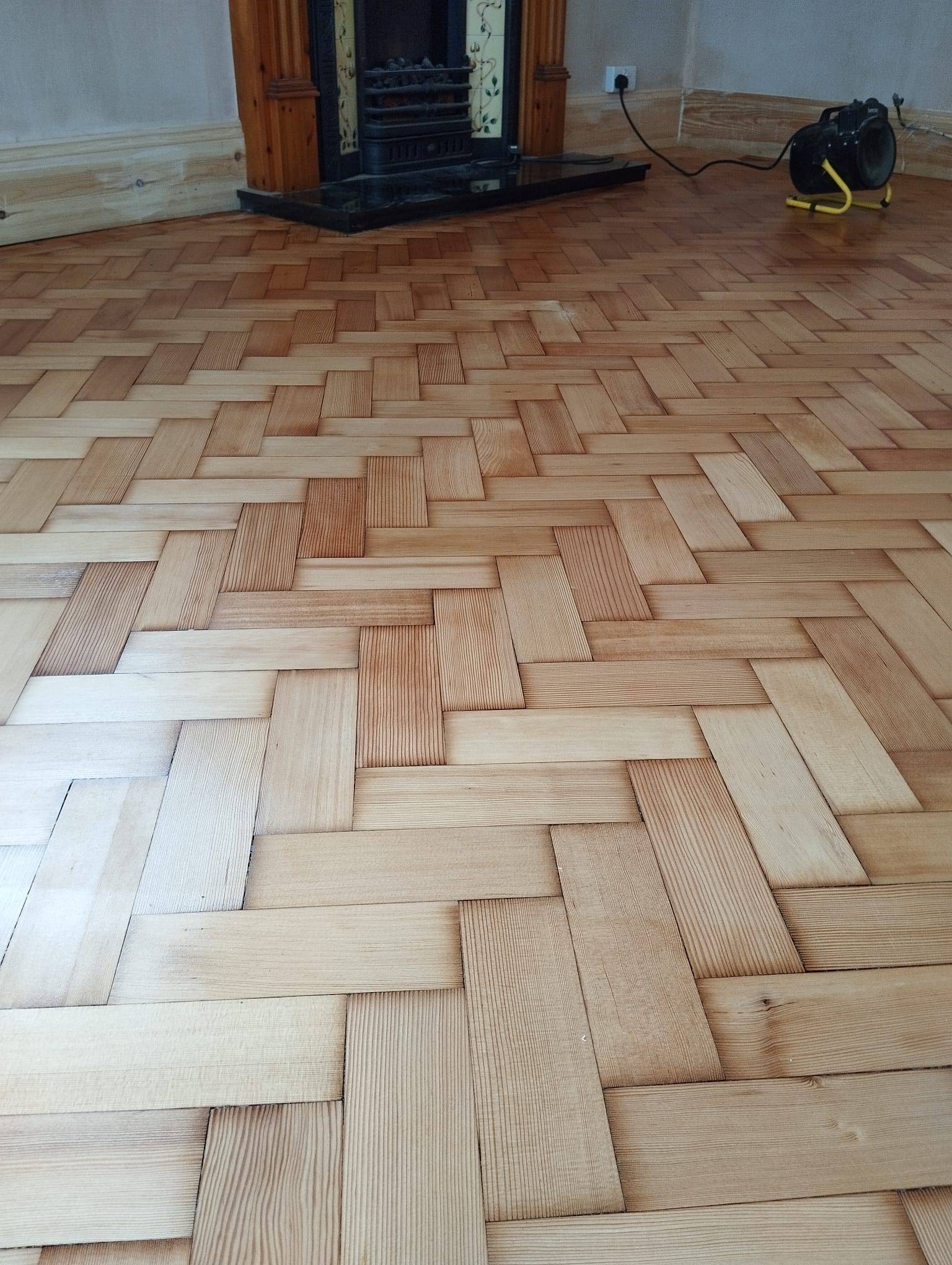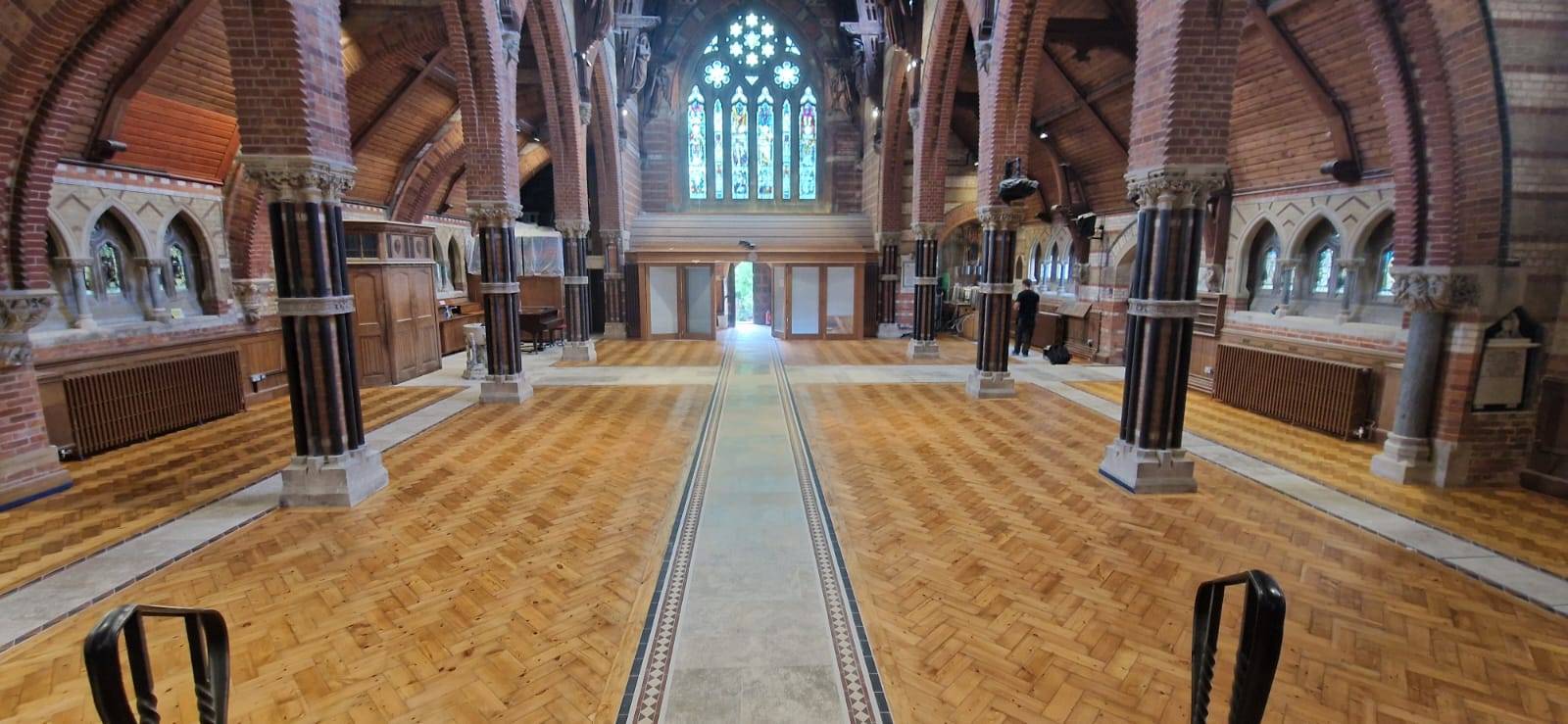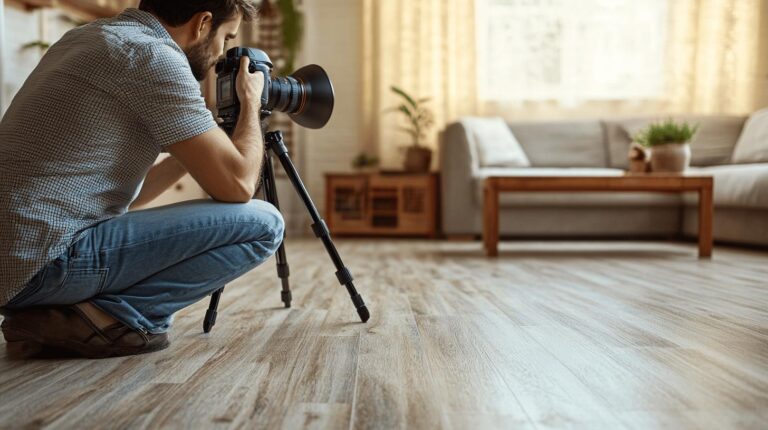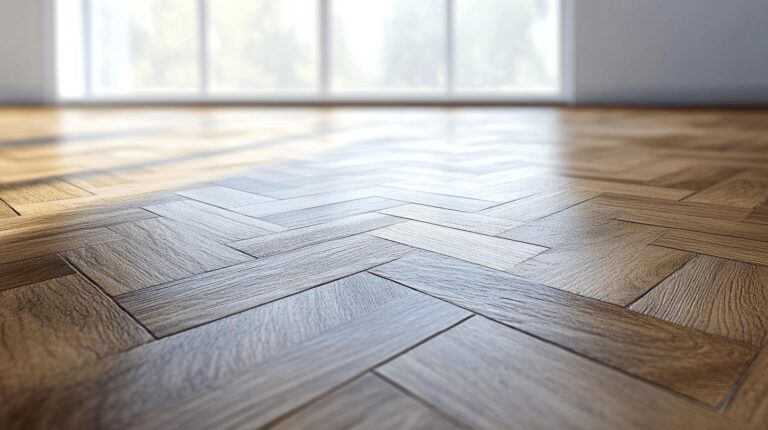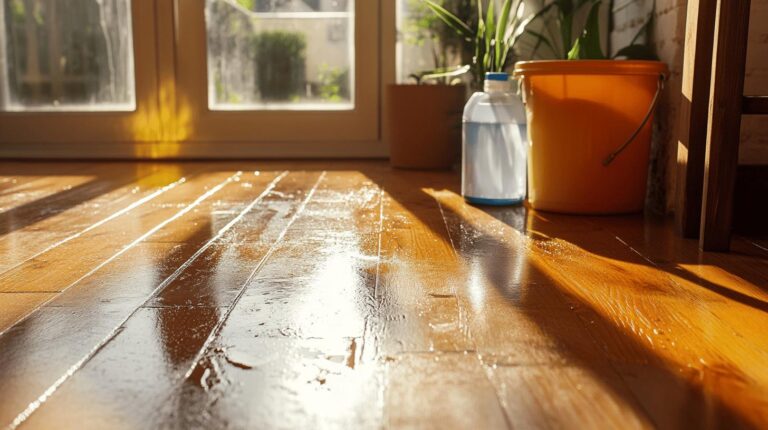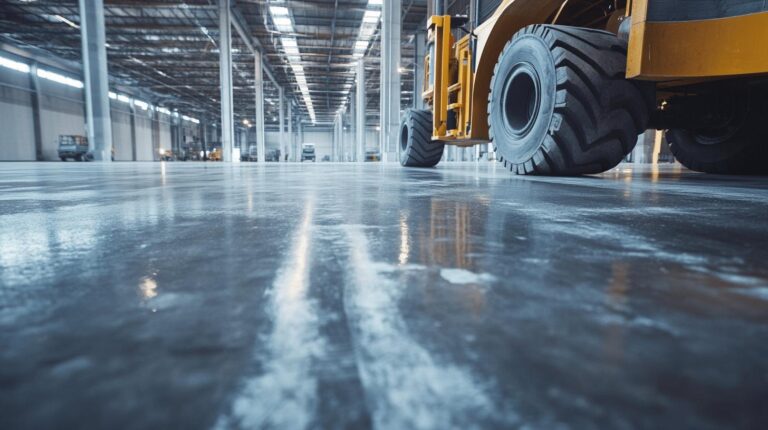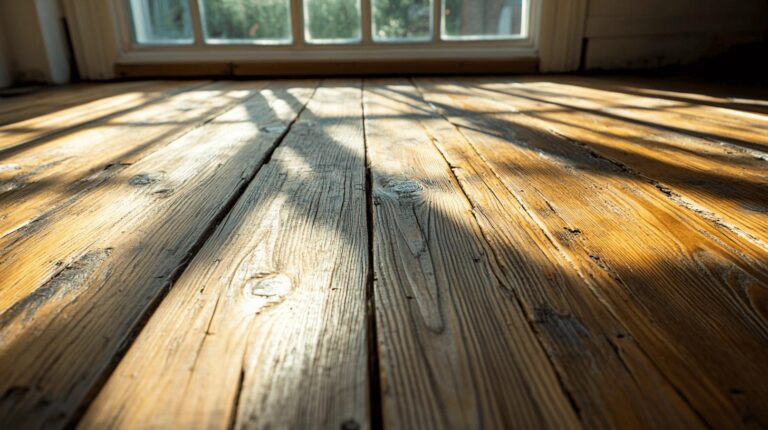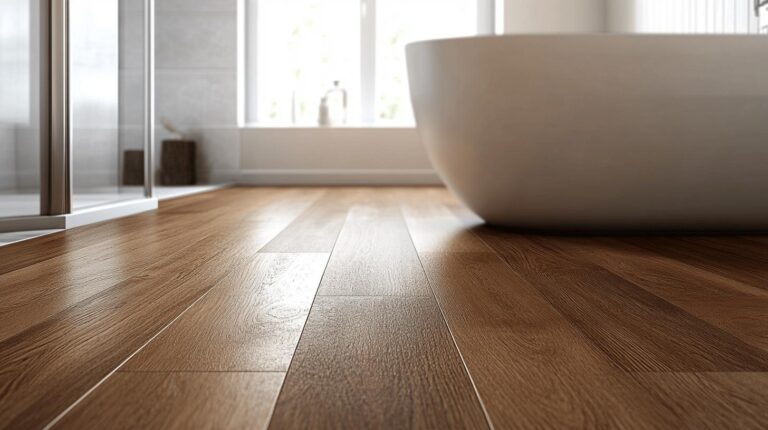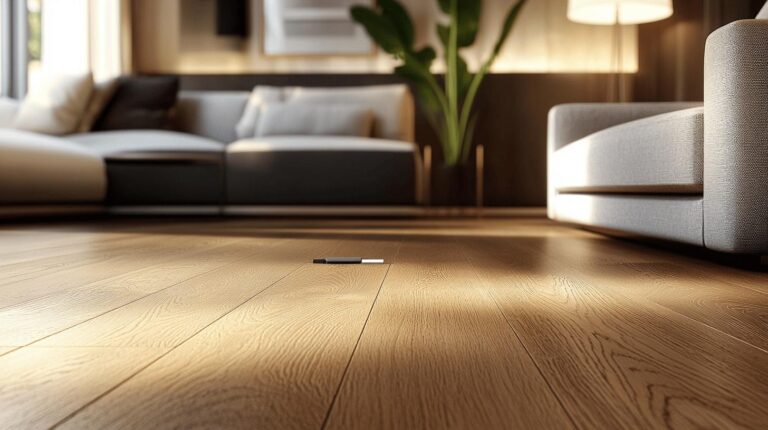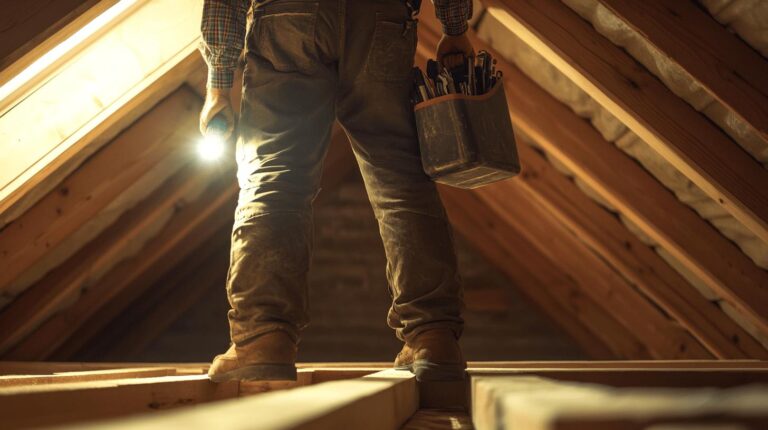Have you ever wondered how ancient artistry can transform the look and value of your home today? The art of inlay restoration, steeped in history from ancient Egypt to the grandeur of the Renaissance, offers that magic touch by reviving intricate period floor designs with elegance and precision. By rediscovering the techniques of this timeless craft, homeowners can enhance their living spaces, infusing a sense of history and sophistication into their décor. Delve into the fascinating world of inlay artistry and uncover how restoring these classic details can breathe new life into your floors and home.
Understanding the Art of Inlay Restoration
Inlay, an ancient art form, involves embedding materials into a base to create intricate designs. This technique has its origins in ancient Egypt and Mesopotamia, where artisans crafted decorative and functional items using this method. In these early societies, inlay was not merely a decorative art but also a cultural statement, reflecting the aesthetic values and technical capabilities of the time. As civilisations advanced, so too did the complexity and sophistication of inlay designs, with craftsmen experimenting with various materials such as ivory, shell, and metals to enhance visual appeal and durability.
During the Renaissance, wood inlay techniques reached new heights, characterized by the use of diverse wood species to create stunning ornamental patterns. This period saw Italian craftsmen mastering the art, producing exquisite pieces that showcased not only their skill but also their deep understanding of artistic balance and harmony. Techniques such as marquetry and intarsia became popular, allowing for the creation of detailed images and complex geometric patterns that adorned furniture and architectural elements. The Renaissance era was pivotal in establishing inlay as a prestigious form of artistic expression, influencing styles and trends across Europe.
Today, the art of inlay restoration plays a crucial role in preserving historical and aesthetic elements of period floors. Modern inlay artistry combines traditional techniques with contemporary materials and technologies, allowing restorers to revive the intricate details of historical designs. The process involves meticulous planning and execution, ensuring that the restored floors retain their original charm while benefiting from enhanced durability and resilience. In contemporary settings, inlay restoration not only conserves cultural heritage but also adds a timeless elegance to residential and commercial spaces.
Essential Tools and Materials for Inlay Restoration
Selecting the right tools is paramount for achieving precision and intricate detail in inlay restoration. The craft demands a high level of accuracy, which is only possible with the correct set of tools. Using the appropriate tools ensures that each cut and fit is exact, maintaining the integrity and aesthetic of the original design. Precision tools allow restorers to replicate complex patterns and shapes, ensuring that the restoration process honours the historical context of the inlay work.
- Chisels
- Gouges
- Scroll saws
- Sandpaper
- Precision knives
Equally important in the restoration process is the selection of suitable materials. The choice of materials significantly impacts both the durability and aesthetic outcome of the project. Common materials include composite and ceramic, each offering unique benefits depending on the specific requirements of the restoration. Composite materials often provide enhanced resilience, while ceramics can offer a superior aesthetic match to historical designs. The careful selection of materials ensures that restored inlay floors not only capture the original beauty but also stand the test of time, blending seamlessly with surrounding elements.
Step-by-Step Guide to Restoring Period Inlay Floors
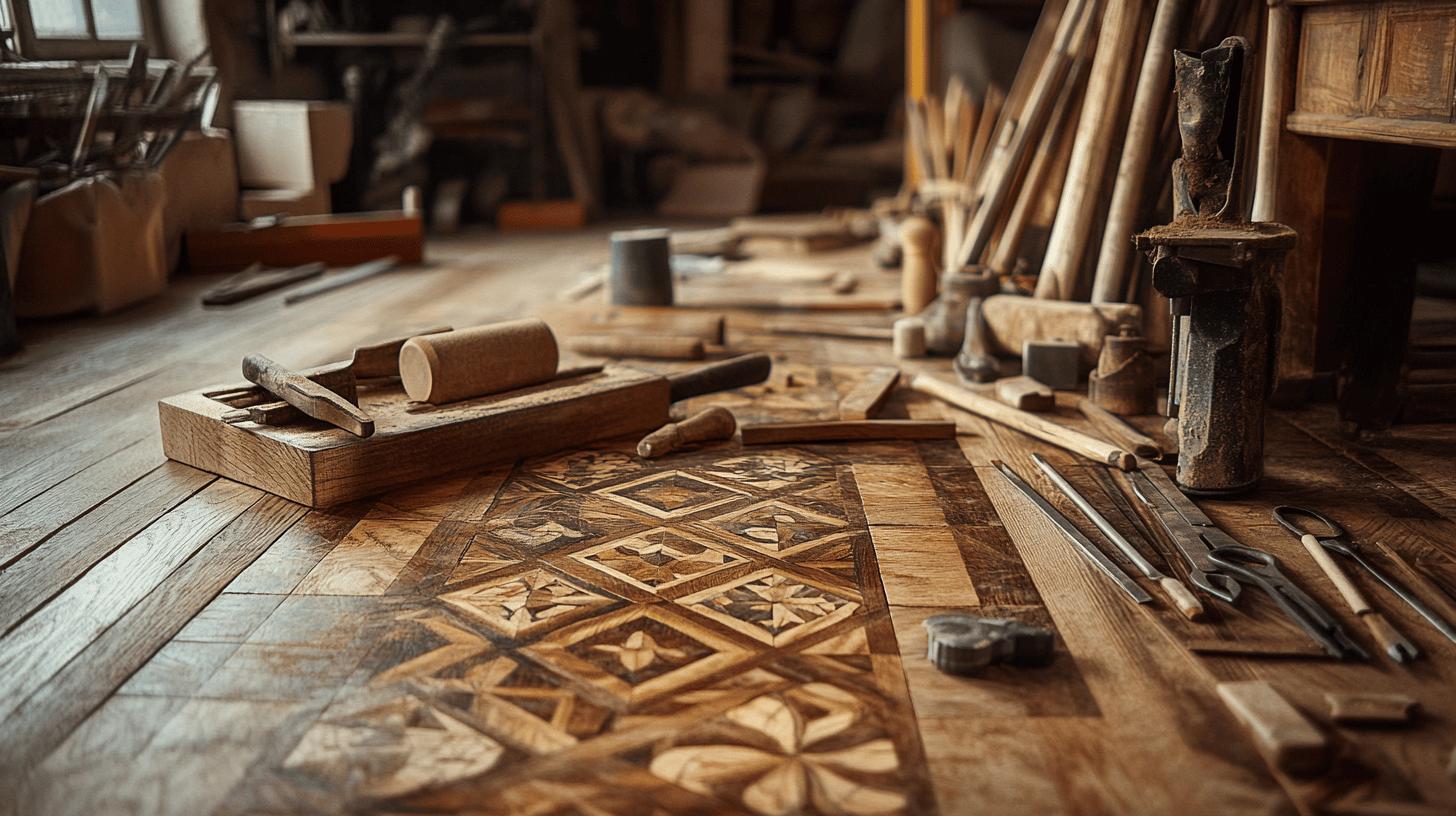
Restoring period inlay floors requires careful planning and precision to maintain the historical integrity and aesthetic quality of the original design. Each step in the restoration process must be approached with attention to detail, ensuring that the intricate patterns and craftsmanship of the inlay are preserved. A thorough understanding of the materials and techniques involved is crucial for both DIY enthusiasts and professionals aiming to revive these exquisite floor details. By following a structured approach, one can achieve a successful restoration that enhances the beauty and longevity of the inlay floors.
- Assess the Condition: Begin by thoroughly examining the floor to identify areas that require repair or replacement. This includes checking for damage, wear, and any missing inlay pieces.
- Plan the Restoration: Develop a detailed restoration plan, considering the original design and materials. Determine the appropriate tools and materials required for the project.
- Surface Preparation: Clean the floor surface to remove dirt and debris. Sand the area to ensure a smooth base for the inlay work.
- Cut and Fit Inlay Elements: Use precision tools to cut the inlay pieces to the required size and shape. Fit them carefully into the prepared surface, ensuring a snug and accurate alignment.
- Secure the Inlay: Once fitted, secure the inlay elements using appropriate adhesives. Ensure that the pieces are firmly attached and aligned with the original design.
- Finishing Techniques: Apply finishing techniques such as sanding and sealing to enhance the appearance and durability of the restored floor. Choose finishes that match the historical aesthetic.
- Final Inspection: Conduct a thorough inspection of the restored floor to ensure that all elements are correctly placed and that the overall appearance meets the desired outcome.
To achieve historical accuracy and aesthetic revival, consider using materials and techniques that closely resemble those used in the original inlay work. Pay particular attention to colour matching and grain patterns when selecting replacement materials. Additionally, documenting the restoration process can provide valuable insights for future maintenance and any subsequent restorations, ensuring that the period floor continues to be a cherished feature of the space.
Maintaining and Preserving Restored Inlay Floors
Routine maintenance is crucial for ensuring the longevity and continued beauty of restored inlay floors. Regular care helps prevent damage and preserves the intricate details that define the artistry of inlay work. Essential maintenance tasks include dusting and gentle cleaning, which help to remove dirt and debris without scratching the surface. It’s important to use soft cloths and non-abrasive cleaning agents to avoid harming the wood or the inlaid materials. Consistent upkeep not only maintains the aesthetic appeal but also safeguards the structural integrity of the floors, allowing them to remain a stunning feature of any space for many years.
Environmental factors can significantly impact the condition of inlay floors, making preventive measures an essential part of preservation techniques. Temperature and humidity fluctuations can cause wood to expand and contract, potentially leading to separation or warping of the inlay pieces. To mitigate these effects, maintaining a stable indoor environment with controlled humidity levels is recommended. Additionally, placing rugs or mats in high-traffic areas can help protect the floor from wear and tear. By addressing environmental factors and implementing preventive strategies, one can effectively preserve the intricate beauty and craftsmanship of inlay floors.
Real-Life Case Studies and Success Stories
Learning from real-life examples provides invaluable insights into the practical application and success of inlay restoration. These case studies not only demonstrate the technical prowess and artistry involved but also highlight the importance of expert intervention in reviving period floors. Through a detailed examination of specific projects, we can appreciate the challenges and triumphs inherent in restoring intricate inlay designs, preserving both the aesthetic and historical value of these treasured elements.
In one notable case, a historic manor in the heart of the Cotswolds underwent an extensive restoration of its elaborate Edwardian inlay floors. The restoration team faced the challenge of replacing numerous damaged sections while retaining the floor’s original design integrity. By carefully sourcing matching wood species and utilising precision tools, the team meticulously recreated the intricate patterns that had been lost over time. The successful revival of these floors not only restored the manor’s historical charm but also provided a durable solution that honoured the original craftsmanship.
Another example can be found in a Victorian townhouse in London, where a complex geometric inlay pattern needed restoration. The project required not only a keen eye for detail but also a deep understanding of period materials and techniques. The restoration experts employed a blend of traditional methods and modern technology to repair and replace worn sections, ensuring the new inlay matched the existing design flawlessly. This meticulous process allowed the townhouse to regain its former splendour, showcasing the transformative power of expert restoration in preserving architectural heritage.
Expert Insights: The Importance of Professional Inlay Restoration
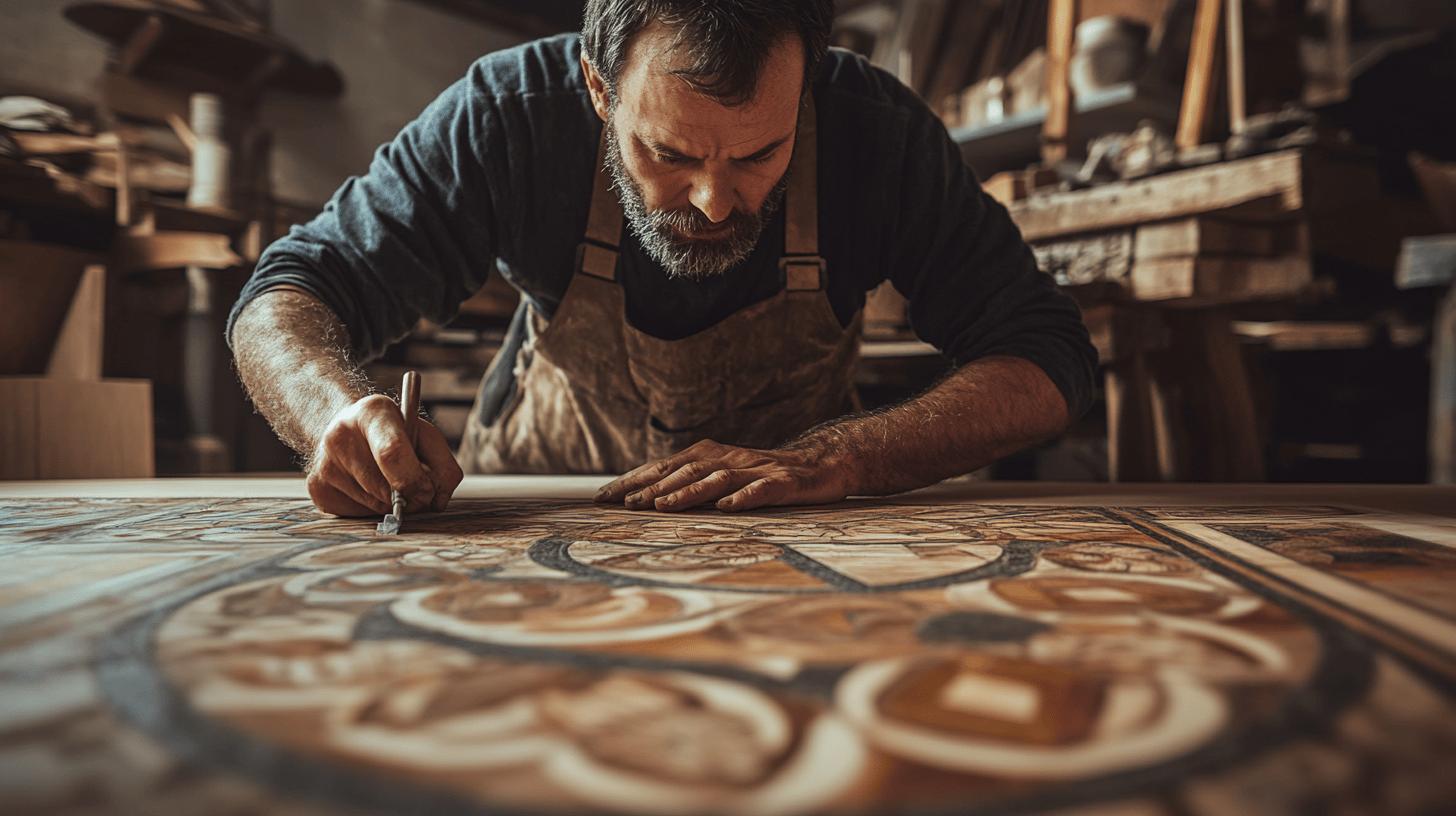
Professional inlay restoration offers significant advantages, particularly when it comes to precision and historical accuracy. Skilled restorers possess the technical expertise and artistic insight required to handle complex restoration projects with the delicacy they demand. These professionals ensure that the intricate details of period floors are faithfully preserved, using specialised tools and techniques to maintain the integrity of the original design. Their experience allows them to accurately assess the condition of existing inlays, select suitable materials, and execute repairs with precision, ensuring that the restored floors mirror their historical counterparts. By engaging a professional restorer, property owners can achieve a level of detail and authenticity that is difficult to replicate through DIY efforts.
Ryan’s Restoration is a notable example of expert craftsmanship in the field of inlay restoration. Known for their commitment to preserving period floor details, they bring a wealth of experience and skill to each project they undertake. Their portfolio includes successful restorations that showcase their ability to revive historical designs while enhancing the durability and aesthetic appeal of the floors. By choosing Ryan’s Restoration, clients benefit from a team dedicated to maintaining the cultural and historical significance of inlay work, ensuring that the beauty and heritage of period floors are preserved for future generations.
Final Words
Exploring the intricacies of inlay restoration unveils a complex blend of history, technique, and artistry. The Art of Inlay Restoration: Bringing Period Floor Details Back to Life is a journey that not only revives forgotten beauty but ensures its preservation for the future. Selecting the correct tools and materials supports this transformative process. Following a guided restoration enhances precision, while regular maintenance preserves the revived aesthetic. Embracing professional expertise, like Ryan’s Restoration, guarantees historical integrity. With this knowledge, keep period details alive with confidence and craftsmanship.
Revive your period floor’s beauty – Contact Ryan’s Restoration for expert inlay restoration today!
FAQ
Q: What is inlay cavity preparation?
A: Inlay cavity preparation involves designing and shaping a cavity in a substrate to precisely fit the inlay. This step ensures the structural integrity and aesthetic alignment of the inlay with the base material.
Q: What are the key components of inlay preparation design?
A: Inlay preparation design focuses on ensuring that the inlay fits seamlessly into the substrate. Careful consideration of cavity dimensions, angles, and depth is crucial for optimal adhesion and visual integration.
Q: How is an inlay impression technique performed?
A: An inlay impression technique involves creating an accurate mould or template of the cavity. This allows for precisely shaping the inlay material to adhere flush with the surrounding area. It is essential for achieving a snug fit and cohesive restoration.
